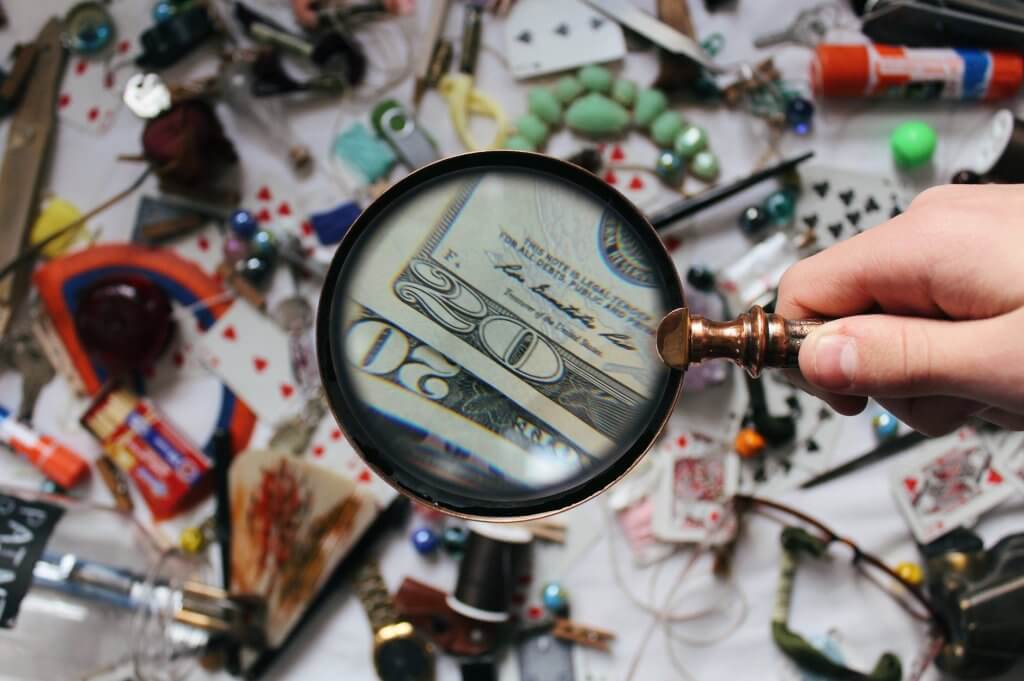I have always been a frequent visitor of bookshops. I feel at ease there, it’s my own favorite place to go shopping even if I am not a big fan of bestseller books. In fact, I found that bestseller authors are at times displayed on the best shelf of the shop, owing more to the strength of the publishing house rather than the quality of their books.
These were my very thoughts when I first saw “The subtle art of not giving a f*ck”, by Mark Manson. The eye-catching orange cover – and title – is present in many bookshops of different cities, countries, and airports. For the largest time, I didn’t want to dive into the pages of a shallow-titled paperback, which I supposed it was mainly used by passengers that struggle to fall asleep during long-haul flights.
This impression has been in my mind for years. However, I changed my attitude only recently, thanks to a conversation with a friend of mine. He decided to overcome the initial prejudice about the title he had in the first place, finding the reading actually pleasant, easy to digest, and insightful beyond the initial expectations.
After this discussion, I decided to unhook from my biased judgment and conduct some research about the author. Mark Manson is a successful blogger, bestseller author, and businessman. Just after reading a few blog posts, I realized that I was wrongly underestimating the author: in fact, the lean and direct writing style – in full coherence with his book title – alongside the valuable content absorbed my attention. So I gave a shot at “The subtle art of not giving a f*ck”.
Even before reading a single page, this volume reminded me of something important: don’t judge a book by its cover.
What is this book about? The subheading is pretty self-explanatory: “A counterintuitive approach to living a good life”. In Manson’s point of view, pretending to be happy all the time is a dangerous way of thinking; he makes the argument with the support of scientific research, personal experiences, and past historical events. The author’s standpoint is the main driver of the story, and his direct expression provides some interesting food for thoughts; here, I decided to mention a few of them.
1. Don’t focus on what lack

“The world is constantly telling you that the path for a better life is more, more, more – buy more, own more, make more, fuck more, be more. (…) Why? My guess: because giving a fuck about more stuff is good for business”.
This sentence comes up just a few pages into the book. Here there was enlightenment: I suddenly realized how an unhealthy and unsustainable over-comparison is present in our society, affecting the quality of relationships, workplace interactions and influencing our consumption choices. It’s getting more and more difficult to focus on few things that are really important for us and Mark Manson is aware of it. The author makes things clear since the beginning: eliminating what is not meaningful is the way to remain true to ourselves, creating space for what really matters.
2. You are not special

“Entitled people exude a delusional degree of self-confidence. This confidence can be alluring to others, at least for a little while. (…) But the problem with entitlement is that it makes people need to feel good about themselves all the time” .
This is one of my favorite parts and core concepts of the book. Everyone knows a person with a high sense of self-esteem that is not supported by concrete achievements. When the feeling of entitlement is part of our mindset, it’s difficult to acknowledge, embrace, and solve problems – that ultimately is the act that brings real happiness for the author. The next time you find yourself pretending to have something important sorted out with little or no effort, think about how much you committed to it. Give it a try and check the results!
3. A story of Picasso about failure and success

To explain the importance of commitment and the act of embracing failure as a source of happiness, Manson mentions an event that happened to Picasso in the late years of his life in Spain. One day the famous painter was sitting in a coffee shop, drawing something on a napkin while drinking his cup. When he decided to leave and throw away his sketch, a woman sitting nearby recognized the great artist and she asked him to keep the napkin for herself. As a response, the painter requested the equivalent of 20,000 dollars, generating a surprising reaction in the woman, who promptly replied that the amount was exorbitant for something that took him only a few minutes to draw. Before leaving, Picasso firmly clarified that it didn’t take only a few minutes, but rather sixty years to make it, then he folded the drawing in his pocket and walked out.
Those are only three of the interesting arguments presented across the nine chapters of the book. Not all of Manson’s points will be a life-changer discovery for the reader since there is no golden rule for a happy life and everyone approaches situations based on their own personal experiences. However, the counterintuitive and uncommon approach to problem-solving will give a different perspective to the readers, broadening their minds.
If you feel the need to fall asleep during a long-haul flight, to overcome the prejudice about this catchy title you may have had in the past, or simply to have a new book to enjoy your summer downtime, you may have found what you need.
Lavora con i numeri ma ama le parole. Le sue radici affondano nella Magna Grecia, ma dopo aver vissuto in 5 Nazioni su 2 continenti ha molti posti che può chiamare casa. Storyteller wannabe


